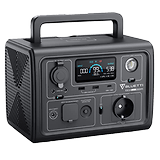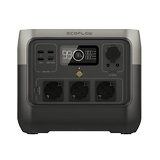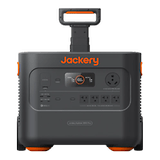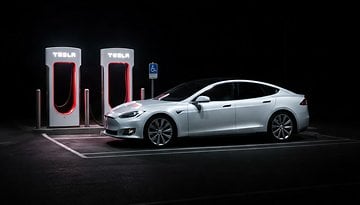Jackery Solar Generator 500 hands-on: Zombie apocalypse-ready


Whether you are out camping, milling around in the city park, or simply need some juice during a power outage: The solar-powered generator from Jackery promises complete independence from the power grid, while inching towards a total and permanent freedom. In addition to the Explorer 500 power bank that has a 518 Wh capacity, this bundle also includes the foldable SolarSaga 100W photovoltaic system that has a charging power of up to 100 watts. We've tested the SolarSaga 500, so read on to find out what we think about it!
Good
- Good charging power via its photovoltaic cells
- Total freedom from the power grid
- Solid, practical design
Bad
- Feet of the solar panel are a bit unstable
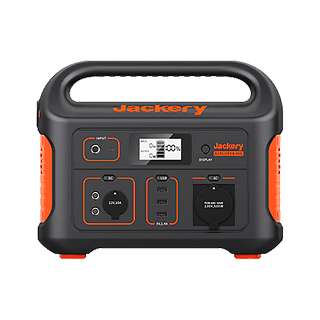
Jackery Solar Generator 500 in a nutshell
If you need electricity wherever you go or want to be prepared for all eventualities, you are definitely well equipped with the Solar Generator 500. In this review, we manage to achieve a charging power of up to 74 watts via the SolarSaga 100W under the hot May sun. And the Explorer 500 gets a MacBook Pro 16" with Core i9 well through an energy-hungry workday, including video editing in Adobe Premiere and After Effects.
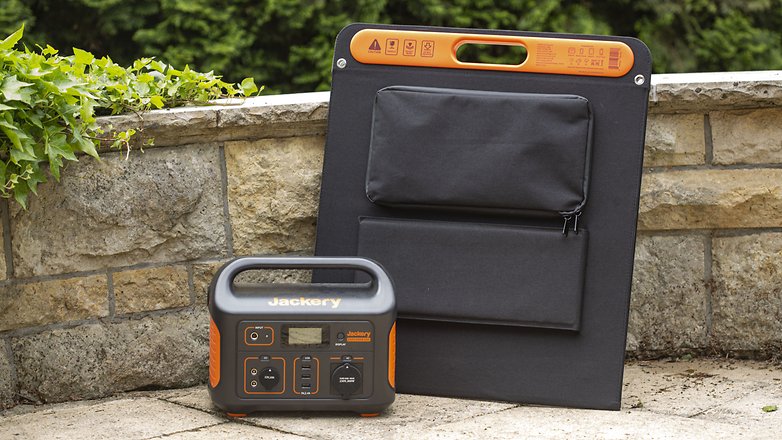
However, this degree of freedom also comes with a rather hefty price tag: Jackery has slapped a $829.98 price tag for the Solar Generator 500 bundle. Even more power is available if you decide to pick up the Solar Generator 1000. With this bundle, you get a power bank with, surprise, surprise, a 1,002 Wh capacity and a peak power of 1,000 watts, alongside a couple of SolarSaga 100W panels for a combined charging power of 200 watts. The asking price? $1,649!
Recently, Jackery introduced the Solar Generator 2000 Pro bundle. With this set, you get a whopping 2,160 Wh capacity, a continuous power of 2,200 watts and six solar modules at 200 watts of power each. This results in you traveling with a miniature mobile solar park with a charging capacity of 1,200 watts. However, you will have to pay $6,199 for it.
Unboxing and design
The first time you unbox it, you'll notice it right away: The Explorer 500 power bank is roughly the size of a larger car battery, but it is considerably lighter at just over 13 pounds courtesy of the Li-Ion NMC. In addition, there's a generous carrying handle at the top, which makes traveling with this for even longer distances not a problem at all. In the box alongside the Explorer 500 is a small bag that carries other cable accessories, namely a power adapter and an adapter for your car's cigarette lighter plug. Together with the solar panel, you then have three ways to charge the Explorer 500. But we will get to that later.
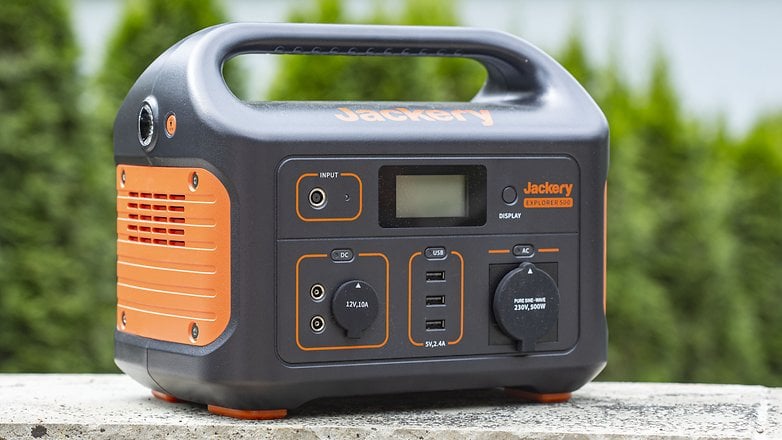
The front of the Explorer 500 offers plenty of ports. Most exciting, of course, is the 230-volt outlet that is hidden under a plastic cap that provides up to 500 watts of continuous power. To the left, there are three USB ports that charge connected devices at 5 volts with a maximum current of 2.4 amps. Further to the left, you'll find another cigarette lighter port as well as two DC outputs. At the top left is the power input for charging, where the display next to it on the right shows you the charging status as well as the current input and output power.
A bit bulkier than the Explorer 500 is the foldable SolarSaga 100W module that measures 24 x 21 inches when folded. However, thanks to its carrying handle, it measures only 1,5 inches thick and tips the scales at 10,4 pounds, making it is comfortable to carry. Permanently attached to the outside of the SolarSaga 100W is a pocket. Tucked away here are a USB-A port, a USB-C port, and a proprietary cable to connect the solar panel to the Explorer 500.
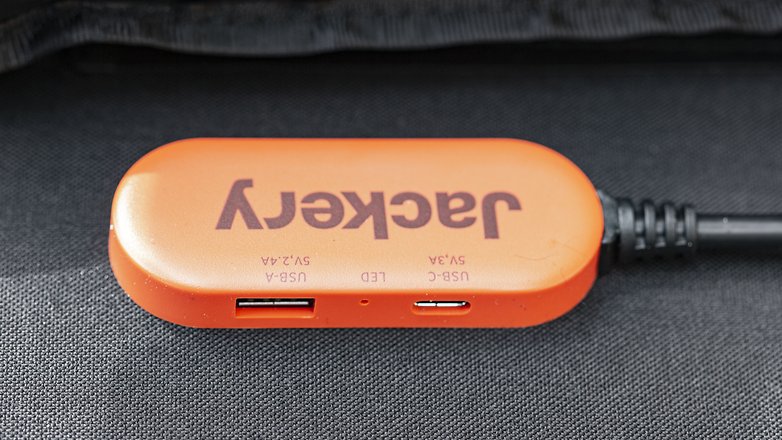
All components appear to be of high quality workmanship. Two magnets hold the solar panel securely together when folded, and there are thin nylon flaps used to help it stand up. The flaps seem a bit wobbly at first, but in reality, the entire thing stands pretty solidly. In any case, you should be careful with the solar panels, because photovoltaic elements are not unbreakable. Rain is also taboo for the solar cells and the power station.
Power: charging and operation
Our first practical test took place in the bright sunshine. According to the Explorer 500's display, the power supply delivered a power of 74 watts under the blazing May sun in central Europe. You can certainly expect a bit more than that when summer is at its peak. At noon, the sky suddenly became a bit hazy and the power dropped to 43 watts. During the course of the day with the sun getting lower and lower, the charging power finally dropped to just under 10 watts at 5:30 pm. In those lightly cloudy conditions, it takes about three hours to fill up just under a quarter of the power bar in the test. Thus, it is quite realistic to fully charge the battery via solar energy on a standard midsummer day. According to the manufacturer, this should take around 9.5 hours under optimal conditions.

Alternatively, you can of course charge it via the included power adapter or via the car's cigarette lighter, which should take around 7.5 and 8.0 hours, respectively, according to the manufacturer. In the hands-on test, we saw an input power of 85 watts when charging via the power adapter, requiring four hours and eight minutes to hit 66% from 0%. The further we get towards the 100% mark, the slower the charging process becomes.
Discharging the battery also worked without any problems. In the review, I managed a performance-hungry workday on the Explorer 500. The MacBook Pro with a Core i9 processor or its power adapter usually demanded anywhere between 60 and 100 watts. Video editing in Adobe Premiere, Audition and After Effects and many other power-hungry Google Sheets spreadsheets make up part of my daily routine. You should easily be able to power a less energy-hungry notebook for multiple days.

Since you don't want to work on the campground, but rather relax, you will hopefully have a mini-fridge attached to the Explorer 500 instead of a notebook, or an electric air pump, a blender or something similar. In the test, I was even able to run a waffle iron that had a rated power of 700 watts on the Explorer 500, but the cooling fan started up quickly and the power bank turned off after a few minutes.
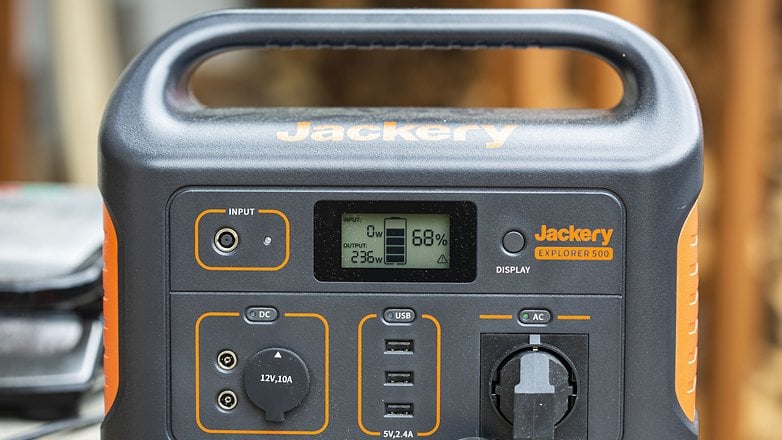
Final verdict
$830 is a lot of money, that's for sure. But in return, the Jackery Solar Generator 500 offers complete freedom from the power grid, at least as far as "small" consumers are concerned. You can easily recharge your everyday gadgets and run less hungry consumers on the go, such as refrigerators, TVs, speakers, and others. Perhaps this is the perfect fodder for the zombie apocalypse!
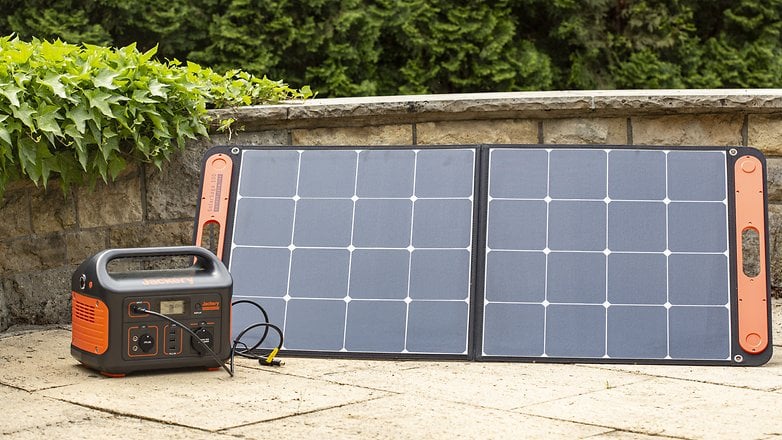
However, the "small" power station is not sufficient for appliances that require a whole lot more power, such as waffle irons, toasters or kettles, where 500 watts of continuous power or 1,000 watts of peak power are simply inadequate. If you fall under that bracket, then you will have to dig deeper into your pocket for one of the larger Jackery alternatives.


